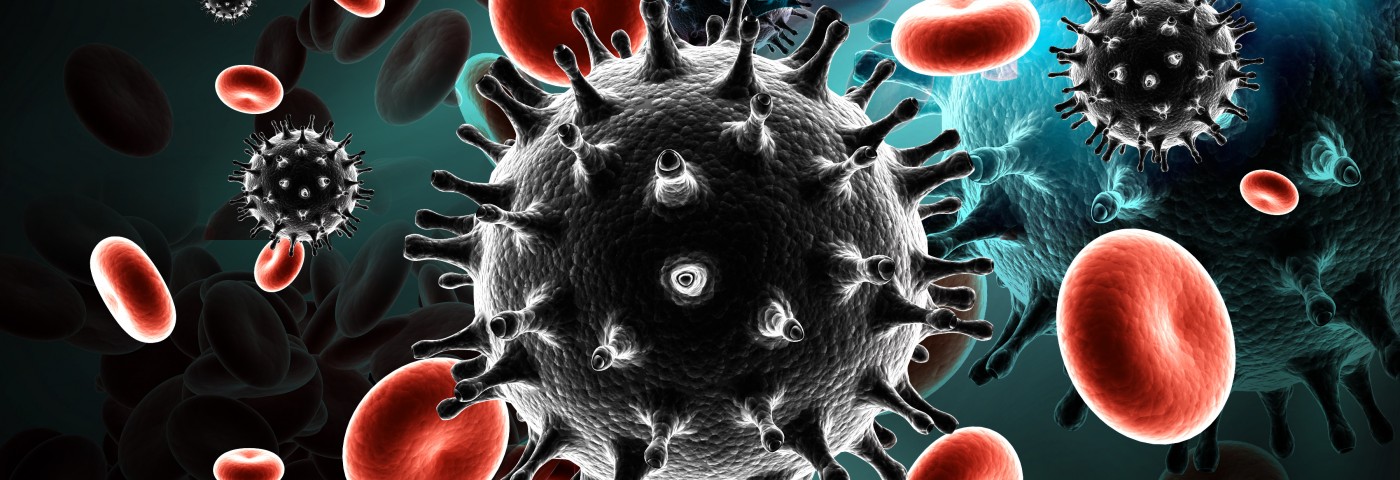Brown University research suggests that the HIV-positive status of Hodgkin lymphoma patients in the U.S. influences the poorer survival rates observed in this group due to a lower likelihood of receiving appropriate cancer treatment. Researchers also found that race or ethnicity is a main risk factor in going untreated — with HIV-positive black patients less likely to be treated for Hodgkin lymphoma than white HIV-positive patients. The research paper, “Outcomes of HIV-associated Hodgkin lymphoma in the era of antiretroviral therapy: analysis of the National Cancer Data Base,” was published in AIDS.
HIV infection, the virus that causes AIDS, is a known risk factor for the development of Hodgkin lymphoma (HL), and HIV-infected patients face a 5 to 20 times higher risk of developing HL than HIV-negative people. In the U.S., HIV incidence has decreased among whites but remains high among blacks. Previously, cancer treatments were not well-tolerated by HIV-positive patients, but chemotherapy regimens have vastly improved. Even though several studies demonstrate that HIV status now has no effect on patients’ response to lymphoma treatment, some population-based U.S. studies suggest that a positive diagnosis of HIV still makes lymphoma survival less likely.
Researchers investigated the proportion of the U.S. population who received chemotherapy for Hodgkin lymphoma and compared survival rates between HIV-positive and HIV-negative patients. The researchers selected cases of HIV-associated HL diagnosed between 2004 and 2012 from the National Cancer Data Base. The largest racial group with simultaneous HIV infection and HL were black patients (49%). Of the 2,090 HIV-positive patients whose records were reviewed, 81% received chemotherapy, and 16% were not treated. The study further showed that five-year overall survival was significantly lower for HIV-positive patients (66%) than for HIV-negative patients (80%). However, among patients receiving chemotherapy, HIV status did not influence overall survival rates. Rather, race was identified as a main risk factors in a lack of lymphoma treatment, with black HIV-positive patients 67% more likely to go untreated than white patients. Other risk factors included advanced age, male sex, unknown lymphoma subtype, nonwhite race, and poorer socioeconomic status, which likely resulted in limited or no health insurance.
The lead author, Dr. Adam Olszewski, MD, an associate professor of medicine in the Alpert Medical School of Brown University, said in a press release, “Black patients have higher rates of not receiving treatment. Hodgkin lymphoma is generally believed to be highly curable. We have an expectation to cure over 90 percent of early stage patients and even 70-80 percent of quite advanced cases.”
Researchers are not clear on the reasons for the racial disparity observed, suggesting that it might correlate with more advanced or poorly controlled HIV infection, lingering assumptions that HIV-positive HL patients poorly tolerate chemotherapy, or patient preference. They conclude, “[t]he disparity in treatment delivery needs attention because a majority of HIV-positive Americans with Hodgkin lymphoma are now black or Hispanic, and this proportion is increasing.”


